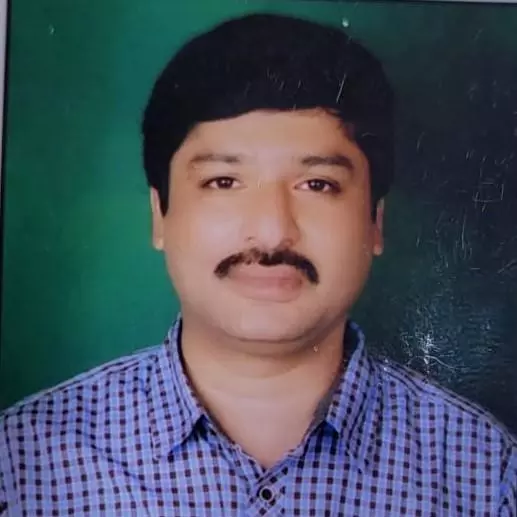Red tape bogs down Swachh toilets in Telangana
The TS survey revealed that out of 1.01 crore households, 42.10 lakh had no toilets.

Hyderabad: The Telangana State government has a dismal record of providing toilets to all households. The latest survey by the rural development department revealed that out of 45 lakh families in rural areas, there are no toilets for 30.34 lakh. Of them, 29.29 lakh are BPL families.
This survey is no different from the TS Household Survey done in August 2014. Though the government has launched Swachh Bharat Mission (Grameen) last year with the Centre and state sharing the expenditure in the ratio of 75:25, the situation continues to be grim. A financial assistance of Rs 12,000 is given to build a toilet. However, few are coming forward to utilise this opportunity as there has been a long delay in clearing bills. The other reason is they are incurring Rs 18,000 as expenditure and the poor are not in a position to bear an additional Rs 6,000.
With this, the beneficiaries are stopping works midway resulting in incomplete toilets that are forcing people to go for open defecation again. The TS survey revealed that out of 1.01 crore households, 42.10 lakh had no toilets. Even in GHMC, out of a total of 19.43 lakh households, 2.75 lakh had no toilet.
“It's very difficult to construct a toilet with government aid. The money is given in three instalments. We have to submit photos at each stage to claim the bill. We are forced to run around for months. So the poor don’t come forward. Even if some start the works by taking loans, they stop midway. There is no guarantee that we will get the full amount. Besides there is corruption at village level as sarpanches and others demand bribes to clear bills,” said C. Nagender, a beneficiary in RR district.
The government is aiming to make TS “open defecation free” by 2019 by constructing 30 lakh toilets at a cost of '3,660 crore.
“As of now, we have achieved 100 per cent toilet coverage in Siddipet, Siricilla and Vemulawada Assembly constituencies. This could be done due to the participation of local people’s representatives, officials and beneficiaries. All have to work with the same spirit, if we have to meet targets,” said a rural development official.

